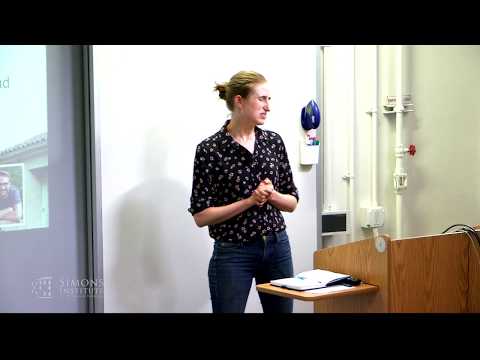Description:
Explore sequential decision-making under uncertainty in this 41-minute lecture by Emma Brunskill from Stanford University. Delve into the emerging challenges of deep learning, focusing on counterfactual and batch reinforcement learning. Learn about Markov Decision Processes, value functions, and the growing interest in causal inference and machine learning. Examine batch policy optimization with generalization bounds, off-policy policy gradient techniques, and methods to minimize data needed for effective decision-making. Gain insights into linear thresholding policies, advantage decomposition, and doubly robust advantage decomposition in the context of real-world applications like HIV treatment initiation.

Better Learning from the Past - Counterfactual - Batch RL
Add to list
#Computer Science
#Machine Learning
#Reinforcement Learning
#Mathematics
#Statistics & Probability
#Causal Inference
#Artificial Intelligence
#Sequential Decision Making